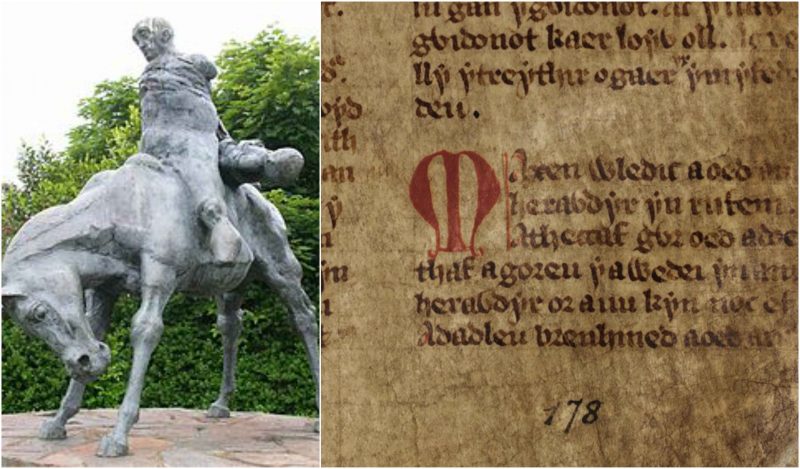The Mabinogion is part of a Welsh collection of eleven tales which are the earliest prose literature from Britain. They were written during the 12th and 13th centuries in Middle Welsh adapted from earlier oral stories about the mystical world of the Celtic people.
From a literary point of view, these are fine quality storytelling, offering high drama, philosophy, romance, tragedy, fantasy, sensitivity, and humor, refined through long development by skilled performers.
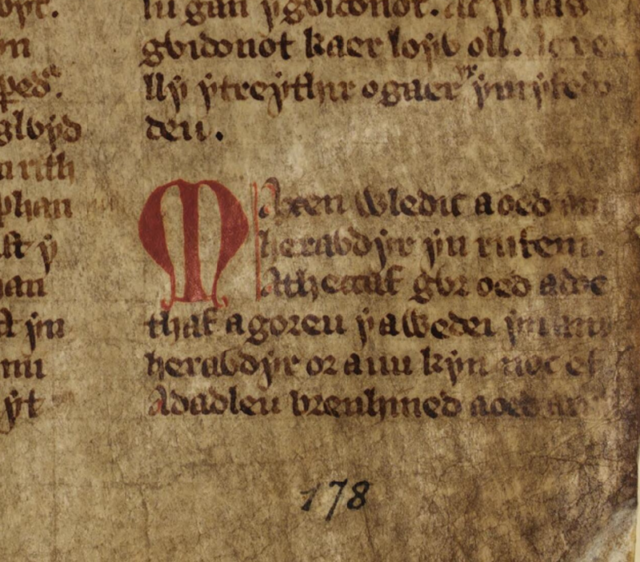
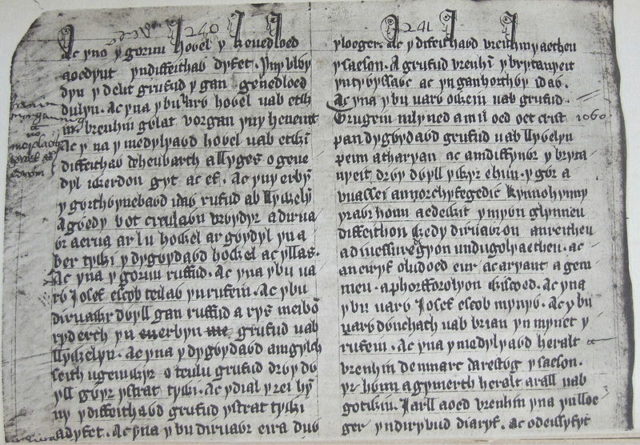
The stories are part of two Welsh medieval manuscripts – the “White Book of Rhydderch” or “Llyfr Gwyn Rhydderch” written circa 1350, and the “Red Book of Hergest” or “Llyfr Goch Hergest,” written about 1382–1410.
It is believed that the stories are ancient and that they have been spread throughout the centuries by early Celtic or Welsh storytellers who traveled across Britain and beyond. The plot of the tales ranges from Celtic mythology to the adventures of Arthur and his knights. Of course, the details of the stories varied and have been adapted to the people, events, and characters of particular periods and places.

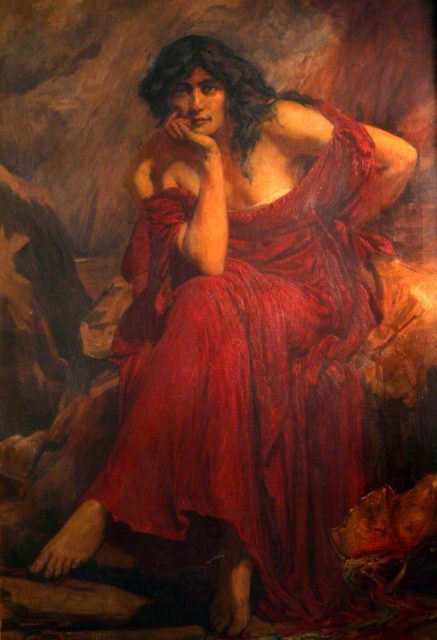
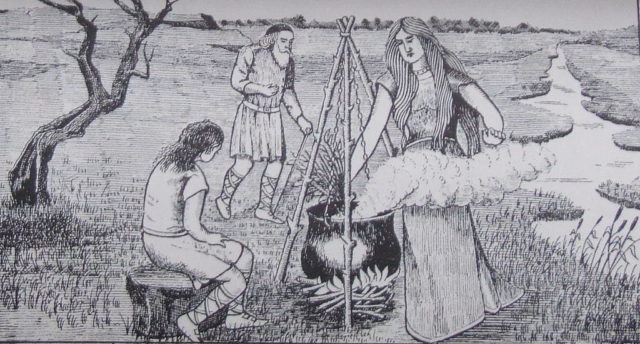
The name “Mabinogion” is derived from the four “Mabinogi” tales: the story of Pwyll, which tells of how a Prince of Dyfed takes the place of the King of the Underworld; the tale of Branwen, which tells how the unjust treatment of a queen started a war in Ireland; the legend of Manawydan involves overcoming an enchanter and the rescue of a mother and child; and the tale of Math, the Lord of Gwynedd, who ended up turning his nephews into beasts.
The rest of the stories portray a character similar to King Arthur but are very different when compared to the later, more popular versions.
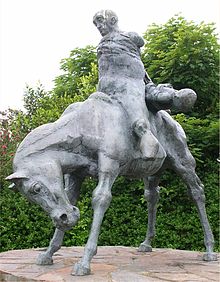
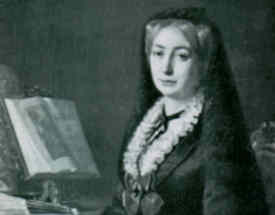
The “Red book of Hergest” and the “White Book of Rhydderch” have been studied and analyzed by scholars since the 18th century. They concluded that the tales are fragmentary pre-Christian Celtic mythology.
However, since the 1970s, the tales have been studied as a sophisticated narrative tradition, both oral and written, with ancestral construction from oral storytelling. “The Mabinogion” was first translated and published in 1840 under the direction of Lady Charlotte Guest.
